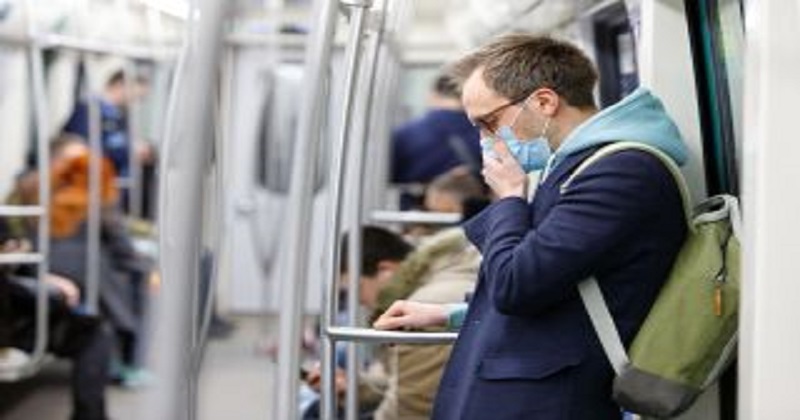
USA; A southern Oregon community was ravaged by two coronavirus outbreaks that killed seven people and compelled hundreds to quarantine worrying they had been disclosed to the virus. But the outbreaks that have directed to casualties elsewhere in the U.S., these covid-19 groups did not leap from a “super-spreader possibility.” Rather, public health administrators state that a single person who went to work ill flared the stretch through “super spreader actions.”

Douglas County administrators stated that a person deliberately went to work with suffering symptoms and subsequently tested positive for the coronavirus. Two contemporary outbreaks in the county, which were notified by the Oregonian on Tuesday, were delineated back to that person and the subsequent ailments compelled hundreds of county inhabitants into self-isolation.
The Oregon coast and encloses a large swath of the Umpqua National Forest, has registered 37 deaths and at least 1,315 cases since the beginning of the pandemic. The death toll from one of the outbreaks flared by the infected worker accounts for about one-fifth of the county’s informed deaths since the beginning of the pandemic. Oregon has notified 1,347 deaths and 103,755 cases, with the number of new daily cases expanding over most of November and December. Last week, the state proclaimed Douglas County and 28 other jurisdictions to be at an “extreme risk” because of the spread of the virus.
Oregon Democratic Gov. Kate Brown recently raised a state-of-emergency directive until March 3, 2021, which permits several executive demands to persist constraints on indoor dining, large gatherings, and many businesses. Oregonians must also wear masks in people under a statewide mandate. The rules placed in position by the governor have tightened anti-lockdown protests, including one on Monday afternoon where demonstrators broke a door and attempted to compel their path into the state capitol.

Community spread of the coronavirus, including inside workplaces, has been an enduring concern across much of the U.S.Many offices shut early in the pandemic and workers have been working from home for months to prevent the spread of the coronavirus. But as the pandemic has carried on, some workplaces have reopened and some people have not been capable to evade going to work, including elementary workers.
To control the virus from circulating, companies that required employees to return to in-person work put up plexiglass barriers, executed daily temperature checks, and mandated workers to wear masks while proximate to others. Despite those measures, the virus has still spread. Workplace flare-ups have pierced meat-packing plants, warehouses, grocery stores, schools, nursing homes, and hospitals. Courthouses and city halls have closed down as cases circulated among government workers.
And while “superspreader” occasions, like large weddings and holiday parties, have captured headlines, public health officials caution that people who decide to go to work sick are also causing outbreaks in their neighborhoods.”In addition to the super spreader events, we also have super spreader actions,” Dannenhoffer said in a notification. “The top of the list for super spreader actions are people who are unwittingly and unconsciously choosing to go to work when they are sick.”

Post Your Comments